Table of Contents
Acropora corals – Introduction
Acropora corals are the largest family within the SPS coral group. No other genus has as many species as Acropora. Additionally, they are among the most challenging corals to maintain. So, why are they so popular in marine aquariums?
History of Acropora corals
Those corals are a genus of hard corals with relatively small polyps. Acropora originates from the subclass Zoantharia and the order Scleractinia. The Acroporidae family was defined by Verrill in 1902. Furthermore, Acropora corals are the most abundant corals, playing the largest role in coral reef formations worldwide. To date, 150 different species of Acropora have been described.
Acropora corals – natural habitat
Acropora corals inhabit most of the world’s coral reefs. Their distribution includes the Indo-Pacific, the Great Barrier Reef, Fiji, Tonga, and the Solomon Islands. They thrive on the slopes of upper reefs, where there are very strong currents. Some species are also found in deeper waters, lagoons, and turbid waters.

Acropora corals are not the easiest corals to maintain. The difficulty with this species lies in their need for stable conditions and their dislike for changes. Furthermore, they are unforgiving when it comes to mistakes made by aquarists. They are particularly sensitive to fluctuations in KH (carbonate hardness) and PO4 (phosphate) levels.
Acropora corals – care in the aquarium
Parameters for Acropora
It’s important to focus on both basic and advanced parameters. Out of respect for the readers, we will only touch on a few of them. More about advanced parameters can be found in the article about ICP parameters.
Basic and main parameters for Acropora corals:
- KH (carbonate hardness): Depending on how you want to keep your corals, this can range from 7-12 dKH. Personally, I keep Acropora corals at around 8 dKH.
- Ca (calcium): Calcium levels can be kept between 400-440 ppm. I personally recommend maintaining a level of 440 ppm.
- Mg (magnesium): I recommend maintaining magnesium between 1250-1450 ppm. Personally, I keep it at 1350 ppm.
All three parameters are essential for Acropora corals to build their calcium skeletons. These corals are particularly sensitive to fluctuations in KH. Furthermore, they can only tolerate a maximum daily difference of 0.7 dKH. It is crucial that calcium and magnesium stay within their appropriate ranges. Acroporas are more tolerant of changes in calcium and magnesium levels. From my observations, a rapid increase in KH is almost unnoticeable to Acropora corals, while a decrease stresses them significantly and can even lead to coral death.
Key parameters for Acropora corals
PO4 (phosphate): A low, but not zero level is required. Personally, I maintain PO4 levels between 0.04-0.08 ppm, though a safer level is 0.08 ppm. Phosphate levels in Acropora corals will affect the thickness of their tissue and the brightness of their color. The thickness of the coral’s tissue largely depends on the aquarist’s level of expertise in managing the aquarium. The thicker the tissue, the darker the coral may be, but it will also be more resilient to changes. When starting out with Acropora, it is safer to maintain a slightly higher PO4 level, such as 0.1 ppm. Acropora corals do not like rapid changes in PO4, especially increases, so it is important to provide a stable phosphate level.
NO3 (nitrate): The recommended level is 0.5 ppm, but I’ve seen beautiful aquariums with NO3 levels of 20 ppm, showing that Acropora corals can tolerate a range of nitrate levels.
pH: Maintain between 8.1 and 8.4. It’s not only important to maintain the correct pH level but also to ensure its stability. It’s worth reading an article on the role of pH in a saltwater aquarium, where I’ve explained the impact of pH on coral health. For Acropora corals, pH is particularly important, so it’s essential to monitor and maintain it.
Temperature: A constant temperature of 24-27°C (75-80°F) is necessary. It’s crucial not only to keep the temperature within this range but also to avoid sudden fluctuations.
Salinity: 33-35 ppt. Maintaining stable salinity is essential. If you choose to keep salinity at 33 ppt, it should remain at that level. Any change in salinity will affect all other parameters.
Advanced parameters
This is where ICP OES water testing comes into play, which analyzes 40 different elements. It’s worth performing these tests regularly, not only to ensure that your dosing method is properly configured but also to check for any contamination or excess levels. Contamination from heavy metals is a common issue. This is often caused by dirty pump impellers or metal components in contact with water that corrode and release rust into the system.
Among the key minerals in this group are potassium, strontium, iodine, sulfur, and zinc. These elements are crucial for the health of corals.
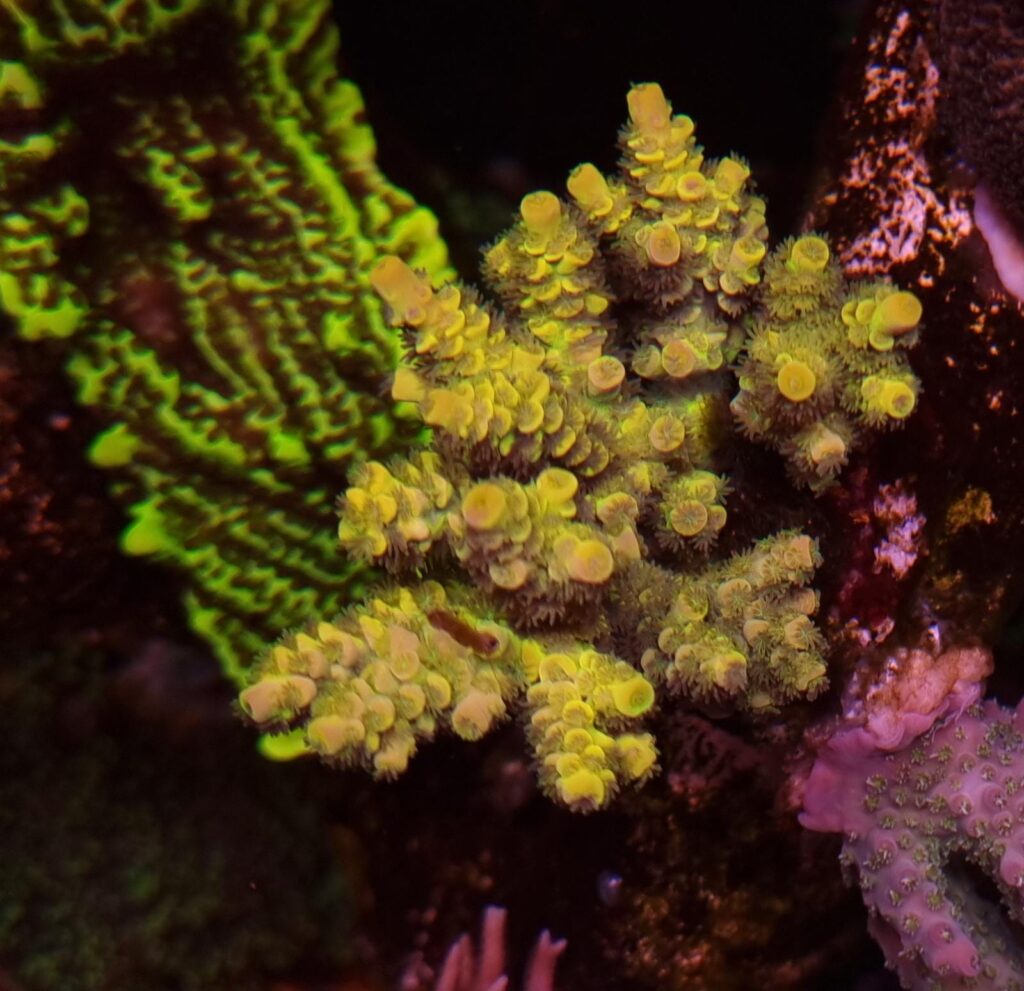
Lighting for Acropora corals
Acropora corals have specific lighting requirements for their nutrition. These corals live in symbiosis with zooxanthellae algae, which are photosynthetic organisms. The coral derives nutrients from the byproducts of the photosynthesis process carried out by these symbiotic algae. Zooxanthellae usually have a brown color, and the coral regulates its population to maintain this symbiotic relationship. Too little light will cause the coral to turn brown because the coral will increase its zooxanthellae population in search of more nutrients. More zooxanthellae means more energy. When Acropora receives more light, it sheds zooxanthellae, and the coral’s color becomes more vibrant. To maintain a healthy coral, the right amount of light is crucial—neither too little nor too much. That’s why it’s recommended to measure light levels with a PAR meter when setting up the lighting.
Every experienced aquarist agrees that Acropora corals truly love light. Based on our observations, Acropora thrives best at PAR levels of 300-500, but it’s important to remember that every aquarium is different, and high-quality lighting with slightly lower PAR can still be effective.
It’s also worth noting that newly acquired corals, especially those that haven’t been exposed to the proper amount of light, should initially be placed lower in the tank where PAR is lower, and gradually moved up. This allows the coral to adapt to the new conditions over time. If you’re adding more corals or switching to a higher-powered light, using the acclimation function on the light fixture can be a good practice. This function allows for a gradual increase in light intensity, helping corals adjust and grow healthier under the new lighting conditions.
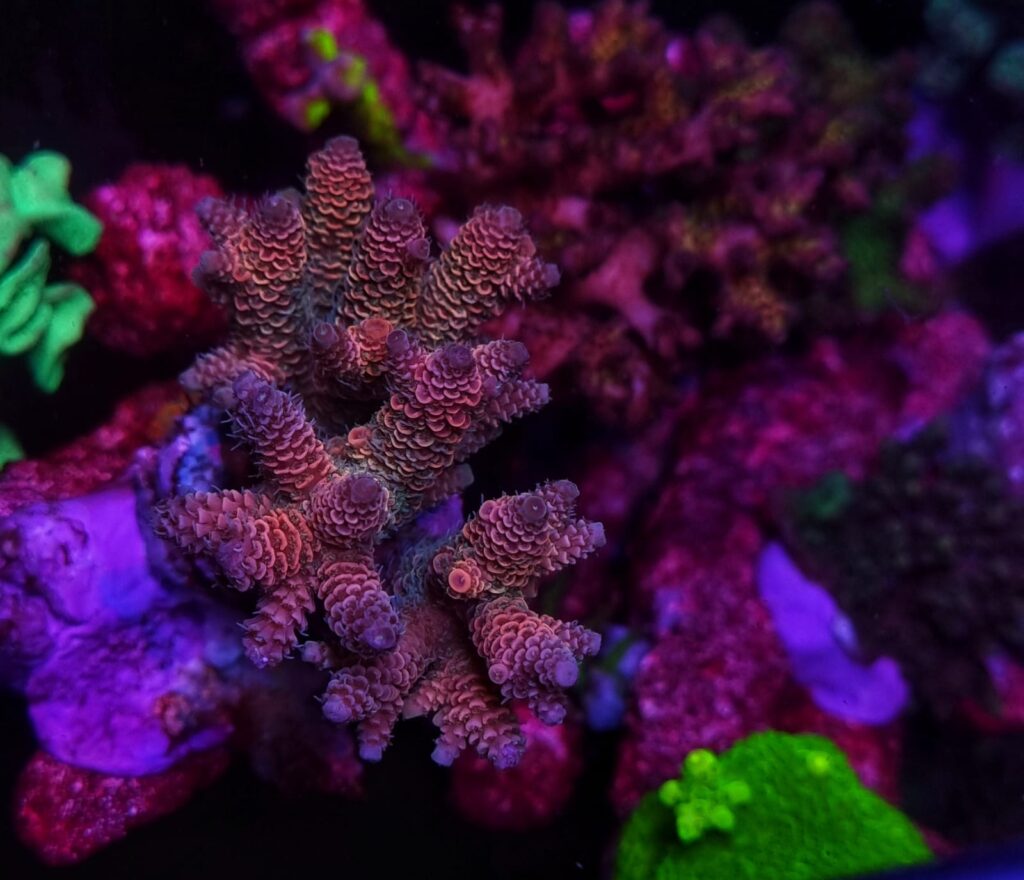
Water flow for Acropora corals
Acropora corals are found in areas with strong currents on the reef. In an aquarium, they benefit greatly from strong water movement. On the one hand, stronger water flow delivers more nutrients to the corals; on the other hand, it removes unwanted compounds from their surface.
Acropora corals tend to grow much more densely in areas with stronger circulation. The growth of coral branches also influences bacterial growth between the coral’s branches. Scientific studies suggest that the lower the bacterial concentration around the coral, the fewer dissolved substances there are in its internal environment. Interestingly, corals grow in a way that maximizes the cultivation of beneficial bacteria around them.
When planning water flow for Acropora corals, it’s important to consider that the colony will grow over time. A large colony can significantly reduce water circulation. They can even restrict the flow within themselves, so it’s necessary to periodically improve water circulation in the aquarium. As corals grow, they need better circulation to continue developing healthily.
Feeding Acropora corals
The first aspect of Acropora nutrition is its relationship with symbiotic zooxanthellae, which I’ve previously mentioned. High-quality lighting in the aquarium provides energy to the coral. Zooxanthellae, through the process of photosynthesis, supply energy to the coral.
To enjoy beautifully growing corals, I recommend using amino acids. These serve as building blocks for cells, play a key role in protein formation, and are responsible for neurotransmitter transport and biosynthesis.
Another excellent food source for corals is small zooplankton (such as rotifers at 0.5 mm and plankton at 1-2 mm), which can also be offered in frozen form. After feeding, you may notice the coral extending its polyps and even producing mucus as it captures zooplankton.
Having an adequate number of fish in the aquarium helps maintain appropriate levels of NO3 (nitrate) and PO4 (phosphate), which are also consumed by the symbiotic algae and later converted into energy for the corals.
Aggression – Where to place Acropora corals in the tank?
Acropora corals can engage in competition, even among different subspecies. When placing corals in the aquarium, you need to anticipate their growth rate and provide enough space for them to grow freely. Acropora corals have relatively short polyps, so they are unable to reach other corals that are more than a few centimeters away. Therefore, ensuring sufficient space between them and other corals is essential to avoid potential aggressive interactions.
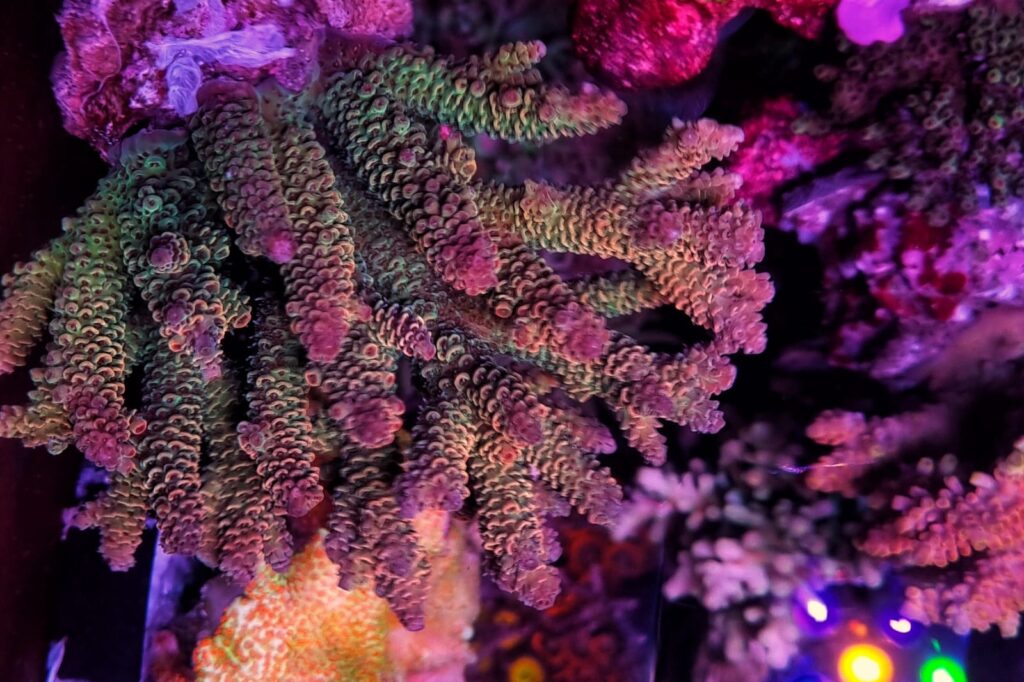
Diseases and problems of Acropora corals
In certain situations, Acropora corals can be affected by rapid tissue necrosis (RTN) or slow tissue necrosis (STN). There are various theories regarding the causes of these conditions. Some suggest that parameter fluctuations may be a factor, but in many cases, RTN or STN has occurred in tanks with stable parameters. Another well-known theory involves bacterial infections, which seems plausible to me, especially since I’ve heard from experienced aquarists who treated their corals with dips when STN or RTN occurred, and it had a positive effect. An alternative method is to break off a piece of the coral where the tissue is still healthy and glue it to a rock, allowing the coral to regrow.
A different enemy of Acropora corals is flatworms, transparent worms that attach to the coral and lay eggs on it. Upon diagnosing this issue, the coral needs to be treated with a dip. If the corals are too large or the problem affects the entire tank, treating the entire aquarium with appropriate products may be necessary. However, this approach can cause significant issues for the tank’s inhabitants, including endangering the fish, as the dying worms release toxins into the water. In such cases, water changes and regular carbon replacement are necessary. This is a complex procedure, and thorough preparation is required before attempting it.
Red bugs are tiny pests that run across the coral and irritate its tissue, causing stress and slow growth. Typical dips are not effective against these pests. Stronger insect-killing products are needed, and the best remedy for red bugs is Interceptor.
The best approach is to dip new corals properly before introducing them into the tank. Preventing problems is much easier than treating them later.
Common Acropora species kept in aquariums
- Acropora tenuis
- Acropora millepora
- Acropora valida
- Acropora microlados
- Acropora florida
- Acropora formosa
- Acropora humilis
- Acropora hyacinthus
- Acropora microphthalma
- Acropora nasuta
- Acropora carduus
- Acropora echinata
- Acropora anthocercis
- Acropora verweyi
- Acropora valida
- Acropora yongei
Summary
In the article, I have introduced the topic of Acropora corals. These corals are incredibly beautiful when properly cared for. Moreover, in stable tanks, they form multicolored colonies. There’s probably nothing more stunning than Acropora corals with their polyps extended in vibrant colors. That’s why they’ve won me over, and I am currently setting up a new Acropora-dedicated tank.
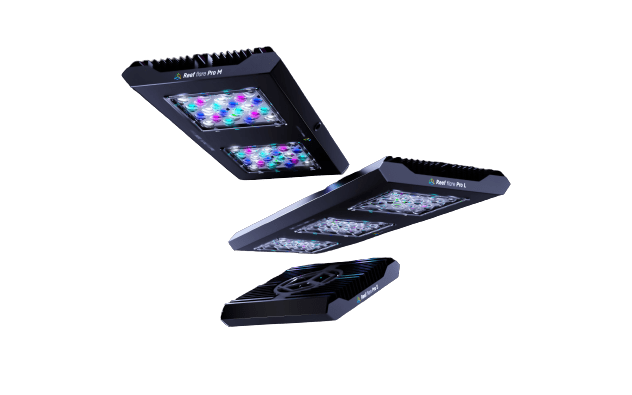
About the author
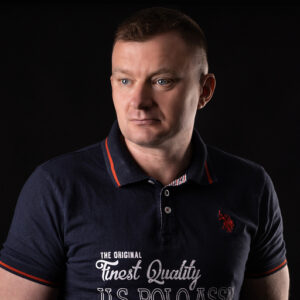
Marek Protasewicz
Reefkeeping has been my passion for over 10 years now. I love learning. The hobby has taught me many valuable lessons, patience being the best example. Combining work and passion is my path. I run Crazy Coral, a marine aquarium shop, for a number of years. Building this business from the scratch I learnt from my own mistakes at a heavy cost.
Later I managed a project aimed at development of methods for quick growth of Corals in non-natural conditions. The project was carried out by Get Sales, Poland. Presently, I am responsible for distribution strategy at Reef Factory, of which I am a co-founder. The company produces smart devices for marine aquaristics. The last projects I have been involved in are Social Reef and ReefPedia.



